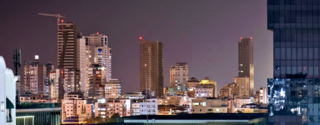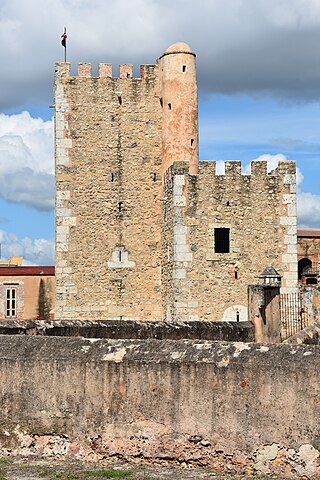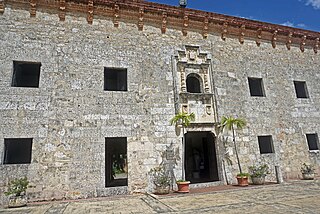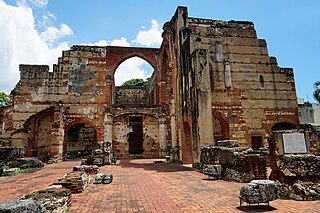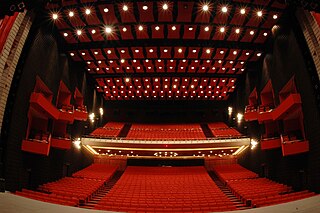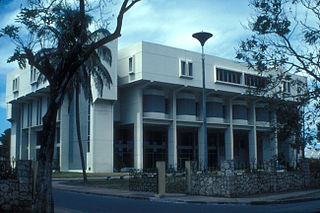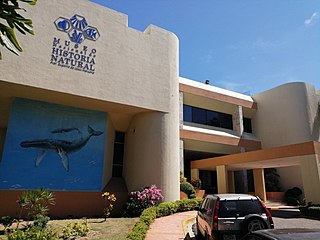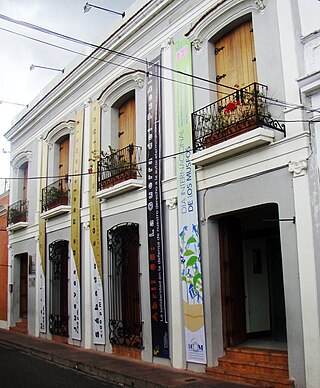11 Sights in Santo Domingo, Dominican Republic (with Map and Images)
Legend
Premium Sights
Book tickets, guided tours and activities in Santo Domingo.
Guided Free Walking Tours
Book free guided walking tours in Santo Domingo.
Welcome to your journey through the most beautiful sights in Santo Domingo, Dominican Republic! Whether you want to discover the city's historical treasures or experience its modern highlights, you'll find everything your heart desires here. Be inspired by our selection and plan your unforgettable adventure in Santo Domingo. Dive into the diversity of this fascinating city and discover everything it has to offer.
Sightseeing Tours in Santo DomingoActivities in Santo Domingo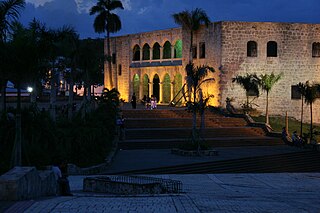
The Alcázar de Colón, or Columbus Alcazar, is the first fortified European palace built in the Americas. Located in the colonial area of Santo Domingo, Dominican Republic, it forms part of the Ciudad Colonial, a UNESCO World Heritage Site. Constructed between 1510 and 1514, the palace is predominantly Gothic with Renaissance influences.
La Puerta del Conde was the main entrance to the fortified city of Santo Domingo, named to honor Governor Captain-General Bernardino de Meneses Bracamonte y Zapata, 1st Count of Peñalva, who during his tenure saved the city from a siege in 1655 by Englishmen General Robert Venables and Admiral William Penn amid the Third Anglo-Spanish War.
3. Ministerios Casa De Zion
The Distrito Nacional is a subdivision of the Dominican Republic enclosing the capital Santo Domingo. It is not in any of the provinces, but in practice, it acts as a province on its own. Before October 16, 2001, the Distrito Nacional was much larger, including what is now known as Santo Domingo Province. Published statistics and maps generally show the former, larger, Distrito Nacional. The Distrito Nacional has no rural or underdeveloped areas.
4. Basílica Catedral Metropolitana Santa María de la Encarnación Primada de América
The Cathedral of Santa María la Menor in the Colonial City of Santo Domingo is dedicated to St. Mary of the Incarnation. It is the oldest existing cathedral in the Americas, begun in 1504 and was completed in 1550, and the second constructed, after the Garðar Cathedral Ruins in Greenland. It is the cathedral of the Archbishop of Santo Domingo who has the honorary title of Primate of the Indies because this cathedral was the first diocese and the oldest cathedral established in the New World in the post-Columbus era.
5. Fortaleza Ozama
The Ozama Fortress, also formerly known as the city wall's Homage tower, is one of the surviving sections of the Walls of Santo Domingo, which is recognized by UNESCO as being the oldest military construction of European origin in the Americas. It was built between 1502–1508 by the Spanish at the entrance to Santo Domingo's Ciudad Colonial, Dominican Republic, and overlooking the Ozama River. Named after this river, the castle, also referred to as "La Fortaleza" or "The Fortress". It was declared by UNESCO as a World Heritage Site, together with the other historical monuments of the Ciudad Colonial.
6. Museo de las Casas Reales
The Museo de las Casas Reales is one of the important cultural monuments built during the colonial era in Hispaniola, now the Dominican Republic. It is located in the Colonial district of Santo Domingo.
7. Hospital San Nicolás de Bari
The Hospital San Nicolás de Bari is a preserved hospital ruin, and it was recognized by UNESCO for being the oldest hospital built in the Americas. Construction began in 1503 in Santo Domingo, Dominican Republic, at the behest of governor Nicolás de Ovando. This grand project was in keeping with the desire to emulate European princely courts, and looked to Renaissance Italy for inspiration. At the time of its completion, the wards could accommodate up to 70 patients, comparable to the most advanced churches of Rome. It is likely that the model for the Hospital de San Nicolás was the large Ospedale di Santo Spirito in Sassia in Rome. The complex forms part of the Colonial Zone of Santo Domingo World Heritage Site.
8. Teatro Nacional Eduardo Brito
Eduardo Brito National Theater is a venue in Santo Domingo, Dominican Republic. The centerpiece of the Plaza de la Cultura complex, it regularly hosts opera, ballet, classical music performances, and Latin pop concerts. The national theatre opened on August 16, 1973, and was originally known as the National Theater of Santo Domingo. In 2006, it was renamed after the Dominican baritone Eduardo Brito by presidential decree. It has a capacity of 1,700 seats.
9. Museo del Hombre Dominicano
The Museum of the Dominican Man is a museum located in Santo Domingo, Dominican Republic, which is made up of different exhibition rooms, which as a whole has achieved the largest collection of objects and relics of the Taino inhabitants in the Caribbean, especially on the island of Hispaniola. Located in the Plaza de la Cultura, it was founded on October 12, 1973 and designed by the architect José Antonio Caro Álvarez, during the government of Joaquín Balaguer.
10. Museo de Historia Natural
The National Museum of Natural History, Prof. Eugenio de Jesús Marcano Fondeur, is a museum located in the Plaza de la Cultura Juan Pablo Duarte in Santo Domingo, Dominican Republic, built by Dr. Joaquín Balaguer in 1974 and opened its doors to the public in 1982. The building consists of seven levels, four floors are exhibition halls and three underground levels are where the scientists work. It is a state institution created for the purpose of conserving the biodiversity of the Caribbean region and studying it. This museum has the largest scientific collection of fauna in the country with more than one hundred and thirty thousand specimens of vertebrates and invertebrates.
Wikipedia: Museo Nacional de Historia Natural Prof. Eugenio de Jesús Marcano (ES)
11. Museo Memorial de la Resistencia Dominicana
The Memorial Museum of Dominican Resistance is a museum dedicated to the preservation of the history regarding the struggles of several generations of Dominicans during the dictatorship of Rafael L. Trujillo, including its background and its consequences. On July 31, 2009, the museum's collection was declared part of the Memory of the World Programme by UNESCO, in order to protect its preservation and facilitate its access through this program.
Wikipedia: Memorial Museum of Dominican Resistance (EN), Website
Share
How likely are you to recommend us?
Disclaimer Please be aware of your surroundings and do not enter private property. We are not liable for any damages that occur during the tours.

